ADEC ESG Welcomes Cameron-Cole

ADEC welcomes our newly acquired partner Cameron-Cole, a pure-play environmental and sustainability consulting business. Join us as we begin a new and exciting chapter together as we continue to innovate the environmental science and sustainability industry.
Sustainability Leaders: The Driving Force of an Organization’s Sustainability Program

Sustainability Leaders: The Driving Force of an Organization’s Sustainability Program
The Hunter and the Hunted: Lead Poisoning of Bald Eagles

Unless you reside near a large body of water or one of the North American coast lines, it is not often that you will encounter a bald eagle (Haliaeetus leucocephalus) soaring high overhead. Also known as the American Eagle, this magnificent bird of prey is the second largest on the North American continent, as well as our National symbol of freedom. In addition to their selective habitat, the bald eagle also continues to recover from prior forms of human caused endangerment and remains protected under the Lacey Law and the Migratory Bird Treaty Act.
Sensitive Species Investigations: Do Burrowing Owls Actually Burrow?

Although the answer may seem obvious to biologists, ornithologists and avid bird watchers – based from my discussions among colleagues, friends, family and the general public – the answer may not be so obvious after all. It is a common misnomer to think that the common name of a species is indicative to their specific physical trait or behavior. However, the colloquial names of animals do not necessarily give their exact distinctive trait . One thing is clear though, burrowing owls definitely nest in burrows. But do they build these burrows themselves? Let’s find out more about the burrowing owl and their natural habitat.
FCS and CDP Expand Global Partnership: S&P 500 and FTSE 350

Sustainability has become pivotal to the success of many companies, as environmental externalities such as climate change, water scarcity, flooding, pollution and deforestation present material risks. Accordingly, a growing number of investment groups and customers now require transparency in environmental, social and corporate governance (ESG), making it critical for organizations to participate in standards such as CDP to document their commitment to climate resiliency. CDP not only provides an information platform for investors to protect their long term investments and reduce the risks arising from environmental effects, it also helps organizations implement successful supplier engagement strategies, reduce supply chain emissions, control water impact and manage risk in a changing climate.
Trade-Offs of Convenience

With the evolution of sustainable growth and an ever-growing conscience with regard to conserving our natural resources, there are several choices we make that affect our environment.
Managing Big Data to Achieve Environmental Sustainability

Today, everything can be recorded making the storage, analysis and manipulation of vast amounts of information far from straightforward. These mammoth data sets are known as Big Data.
FCS Opens New Office in LA
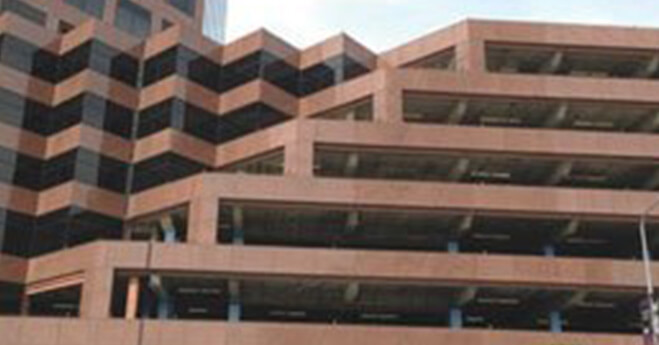
After 30 years of unparalleled environmental planning services, FirstCarbon Solutions (FCS), a leader in global sustainability solutions, is formally re-entering the LA market with the opening of its new office in West Los Angeles, located at 11755 Wilshire Blvd., in Suite 1660.
FCS Expands Services to San Jose Area
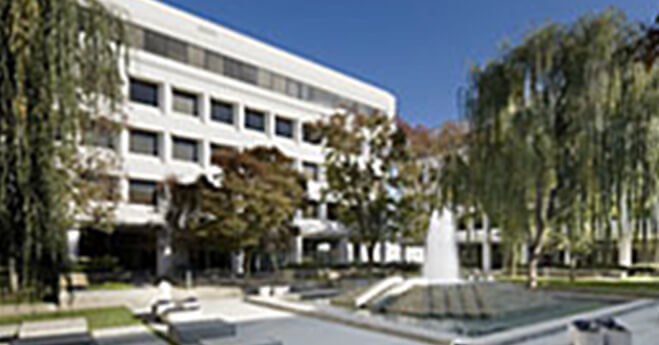
With our newly opened San Jose office, we are able to offer our clients expanded client services and technical expertise.
Surmounting the Challenges of Preparing Climate Change Reports

In these climate-challenged times, a comprehensive climate change report is more important than ever.
Bats and White-Nose Syndrome: How YOU Can Make a Difference
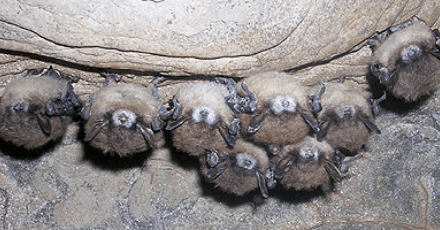
Did you know? White-Nose Syndrome (WNS) has affected approximately 5.7 million bats since its discovery in 2006. WNS is caused by a fungus (Pseudogymnoascus destructans), that grows on the nose (and sometimes wings, ears, and tails) of hibernating bats. This relatively new disease is still unknown to many people. Increasing people’s awareness of WNS is the first step to combating the deadly disease that is running rampant throughout the eastern United States and Canada. Read on to find out how YOU can make a difference to help protect nature’s furry little pest exterminators.
Archaeological Surveys: The Mystery Behind Bedrock Mortars
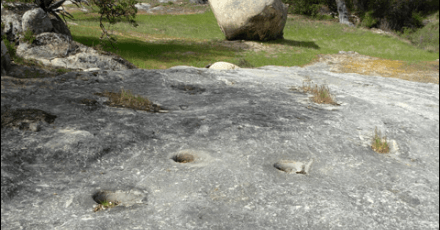
Several months ago I released a blog covering the findings of FirstCarbon Solutions’ (FCS) archaeological staff during a survey of over 1,000 acres in the Poso Creek area northeast of Bakersfield, California. One of the things that impressed me the most about the area was the discovery of many prehistoric sites exhibiting numerous ground bedrock holes and dish-shaped depressions.The bedrock mortar, also known as a BRM, is one of the more common features found at prehistoric sites in California.
The Effects of Environmental Compliance on Telecommunication

If you watched television anytime during the past decade, then chances are you are familiar with the Verizon Wireless ad campaign that featured a bespectacled Verizon employee roaming the far reaches of the United States asking the question, “Can you hear me now?” This ad campaign was seemingly inescapable, and proved to be wildly successful, growing into its own pop culture phenomenon. Several diverse factors likely contributed to the success of this campaign, but arguably one of the primary reasons for it’s overall popularity was that the actor’s situation was all too relatable to the millions who use a mobile phone. Who hasn’t lost mobile phone service at one point or another? Even those who reside in the most developed of metropolitan centers, where every form of media and communication is at our disposal, are not immune to the plight of the “dropped” call.
Environmental Compliance Reporting Reduces Business Risk

Business risks come in three varieties: known risks, unknown risks, and unknown unknown risks. The latter two present the greater challenge to identify. Unknown risks are those not readily or typically linked with a particular industry or project type but become revealed through a deliberate identification process. The third variety is elusive by nature. An example of this was the Icelandic volcano eruptions in 2010 that disrupted air cargo transport between Europe and Asia causing supply chain disruptions and manufacturing plants to temporarily shutdown. This was an unknown unknown risk.
Sensitive Species Investigations: Are Bats Really Blind? (Part 2)

Sensitive Species Investigations: Are Bats Really Blind? (Part 1)

Did you know? Bats are not blind. In fact, they see very well. However, their sense of hearing is so well developed and adapted for processing a large amount of data that they prefer to navigate with their ears.
Need a Phase I Environmental Site Assessment? Check Credentials Twice and Hire Once
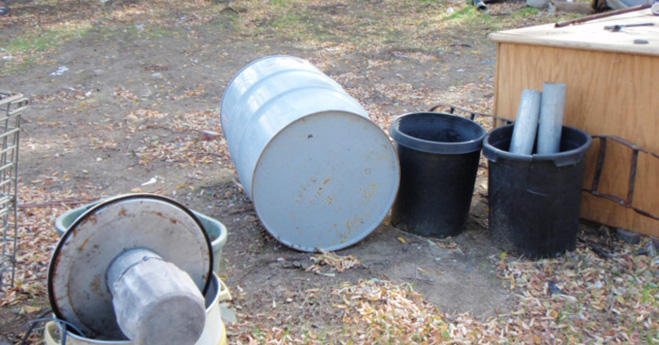
On June 27, 2012, California Governor Jerry Brown signed Senate Bill (SB) 1018, which contains the necessary statutory and technical changes to implement the Budget Act of 2012 related to resources (leginfo.ca.gov). As part of SB 1018, the Department of Toxic Substances Control (DTSC) Environmental Assessor Program was officially disbanded. In their words, the program was identified as being “unnecessary, unenforceable, and largely duplicative.”
Five Strategies to an Expedited Environmental Entitlement Process

In most jurisdictions throughout California, the typical project review and processing for discretionary planning applications, such as Conditional Use Permits, and the related California Environmental Quality Act (CEQA) review, ranges from six months to one year. Depending on the jurisdiction’s staffing levels, presence of controversial project issues, and level of community engagement, this timeframe can […]
Why History Matters for Environmental Planning and Environmental Impacts

I believe that a proud community is a community that has the ability to look back and marvel at its accomplishments.
Construction Material Life Cycle Assessment and Environmental Impacts

Life Cycle Assessment is not about how well one performs on an exercise bicycle but instead endeavors to characterize the environmental impacts of a product or service throughout its life cycle starting with obtaining raw materials and ending with disposal.
Assessing the Environmental Impacts and Human Effects on Bats

Don’t know much about bats? Read more to learn about their importance, their habitat, and what you should do if you encounter one.
Cultural Resources Preservation and Modern Society

What was the beginning of cultural resources preservation in the modern world? I don’t think it was Joni Mitchell’s Big Yellow Taxi in 1970 when she aptly sang “They paved paradise and put up a parking lot, with a pink hotel, a boutique and a swinging hot spot.” But maybe it is the next lyric where she sings “Don’t it always seem to go that you don’t know what you’ve got till it’s gone; they paved paradise and put up a parking lot”. The idea of preservation of course didn’t begin there but it certainly brought into perspective that you need to recognize what you have and what you hold dear before it is all gone.